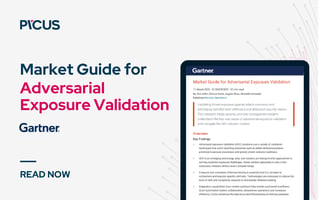Simulate Attacks to Identify Exploitable Exposures
Picus leverages Breach & Attack Simulation (BAS) and Automated Pentesting to continuously test your environment, revealing exactly which exposures remain exploitable based on your unique security posture.
Unlike static CVSS, EPSS, or black-box solutions, which fail to account for control effectiveness, Picus shows how your defenses stand up to real-world attacks.

.webp?width=1257&height=961&name=cvss-picus-exv-product-page-graph%20(2).webp)
.png?width=1800&height=1094&name=signatures%20(1).png)
.webp?width=1255&height=572&name=picus-kpi-exv-product-page-table%20(1).webp)
.png?width=1376&height=660&name=Score-marketing%20(1).png)


-1.webp?width=1400&height=900&name=Visuals02%20(1)-1.webp)

-3.png?width=353&height=200&name=image%20(79)-3.png)
-1.png?width=353&height=200&name=image%20(77)-1.png)
.png?width=353&height=200&name=AEV-Launch-Previews-blog%20(2).png)


.png?width=3200&height=323&name=Pattern(1).png)